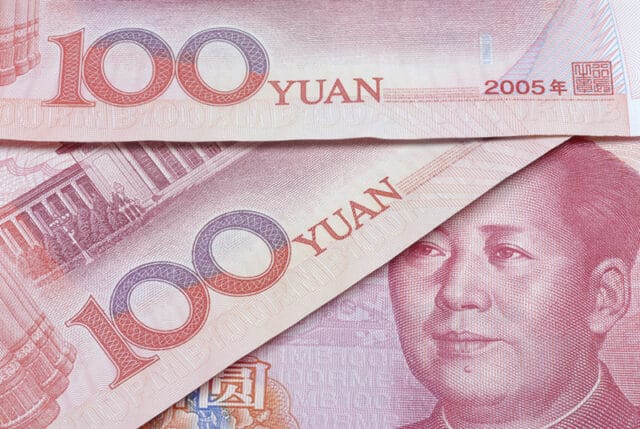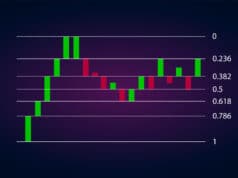China is home to the second-largest economy in the world. However, the country’s currency, the yuan (CNY), is not rated highly as one of the major currencies. This has to do with the fact that the country does not have a free-floating exchange rate.
The Chinese yuan exchange rate does not fluctuate freely in response to market forces. Instead, it is tightly controlled by the country’s central bank. The People Bank of China is tasked with ensuring the CNY trades within a certain range with the US dollar.
The tight control means the yuan cannot appreciate or depreciate above or below certain levels. Whenever market forces try to push the currency above pre-set levels, the PBOC streams into action to ensure the peg is maintained. The PBoC buys dollars and sells yuan to ensure the yuan exchanges within a given range with the dollar.
Therefore the true value of the yuan with other currencies is difficult to ascertain given the tight control. In most cases, China has been accused of undervaluing its currency to fuel its export-dependent economy. By undervaluing the yuan, the central bank can make China’s exports more competitive globally.
Economic indicators that influence Chinese yuan
While the Chinese yuan is not a freely floated currency, one can still scrap some pips off whenever certain economic releases come up. The economic reports are known to trigger swings resulting in the yuan fluctuating within the set bands by the People’s Bank of China.
Some of the key economic reports that influence the yuan’s strength in the forex market are listed below.
Gross Domestic Product (GDP)
Gross Domestic Product is an important economic release that paints an accurate picture of the health of the Chinese economy. The report indicates how much the export-dependent economy expanded or contracted over a specified period.
GDP growth rate acts as an indicator of the general health of the Chinese economy. An increase in GDP levels implies the economy is doing well, characterized by a strong labor market. Similarly, the yuan strengthens against the dollar over the pre-set trading bands.
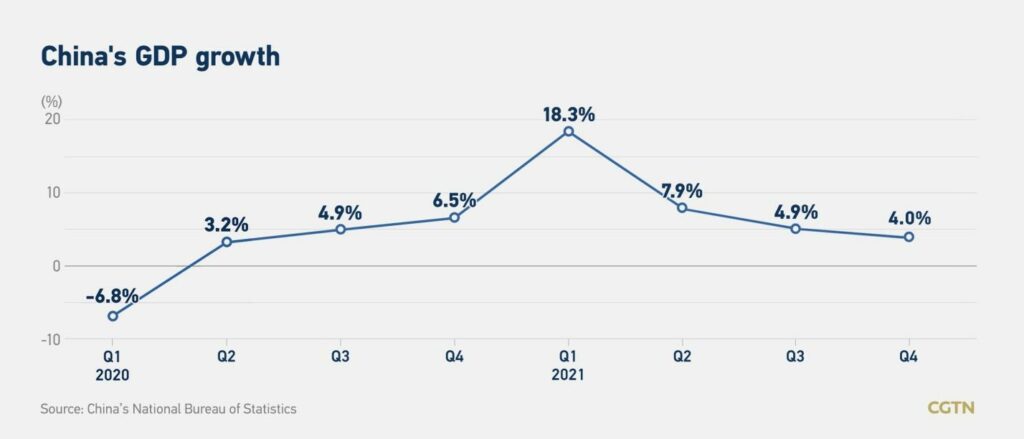
In contrast, when GDP is shrinking, it means key sectors of the economy are under pressure. Therefore the yuan tends to lose some ground against the dollar, resulting in traders going long on the USDCNH pair in the market.
Consumer Price Index (CPI)
The Chinese central bank pays close watch to the Consumer Price Index to measure inflation levels in the economy. The report influences the kind of monetary policies that the central bank pursues to keep inflationary pressure low and support the yuan to fuel the export-dependent economy.
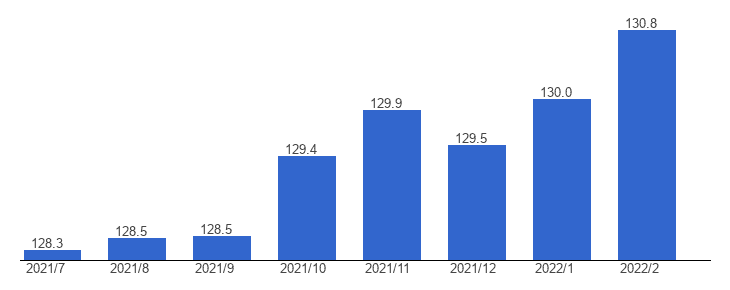
Whenever the Consumer Price Index rises, the yuan tends to strengthen across the board. This is partly because increased inflation levels often force the PBOC into action. The prospect of the central bank hiking interest rates is one factor known to fuel CNY’s strength in the market.
In contrast, whenever the CPI declines, it portrays declining inflation which often implies a drop in consumer purchasing power. Chatter around the PBoC cutting interest rates to fuel borrowing and spending tends to trigger CNY’s weakness.
Trade Balance
Trade Balance has always had the biggest impact on the Chinese yuan rate in the global financial sector. Over the years, the country has enjoyed trade surpluses on being able to export more than it imports. Massive investment programs have seen China emerge as a major manufacturing hub.
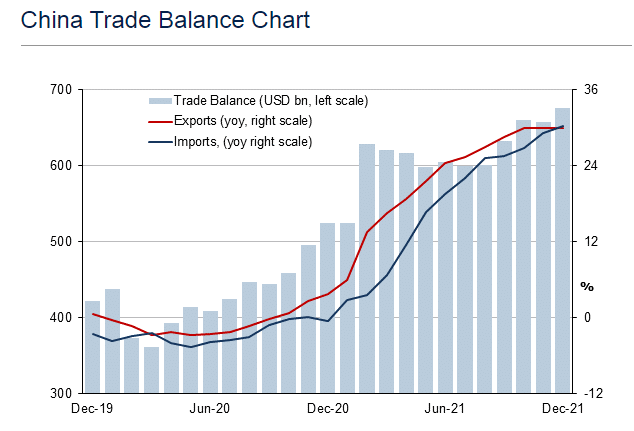
In a bid to ensure the country’s export is competitive and able to shrug off competition from alternatives in other countries, the central bank has often been called into action. The Chinese central bank has resorted to devaluing the yuan in most cases.
The devaluation spree often ends up making the Chinese exports affordable, thus attracting strong demand. Currency devaluation has also helped China solve domestic economic problems over the years by attracting more foreign investments.
China bid to ensure its exports are always affordable and competitive globally would always see it resort to aggressive monetary policies. Therefore, CNY devaluation is always one of the measures on the cards whenever it strengthens against the dollar.
Interest rate decisions
The PBoC also cuts and raises interest rates whenever it feels the economy needs some stimulus or is overheating due to high inflation. Interest rate reports influence traders’ sentiments on the yuan, which also sees most traders jostle for positions to try and lock in a few pips on exchange rate fluctuations.
However, it is important to note that fluctuations that come into play are usually limited even on the PBoC pursuing aggressive monetary policies. This is partly because the CNY is pegged on the dollar and allowed to fluctuate within a predetermined band.
Trading China economic reports
China’s economic reports don’t always have the desired impact on the Chinese yuan. The tight control maintained by the PBoC means the yuan cannot fluctuate significantly due to market forces.
However, the economic reports are known to influence the exchange rates of currencies of countries that China trades the most with. The Australian dollar is one major currency always susceptible and vulnerable to China’s economic report as Australia is China’s biggest trading partner.

Better than expected economic reports out of China often fueд Australian dollar strength. This is because the strong economic data indicate strong Chinese demand for Australian commodities. Likewise, disappointing economic data out of China trigger AUD weakness signaling weak demand for Australia’s commodities. Therefore better than expected economic data from China causes the AUDUSD to rally while weaker results trigger sell-off.
China being home to the second-largest economy in the world, also sees its economic reports influence risk sentiments in the capital markets. Whenever the reports signal that the economy is slowing down, demand for risk appetite tends to decline as market participants scamper for safety in safe-havens. On the other hand, economic boom fuels risk-on mood as it signals further global economic growth.
